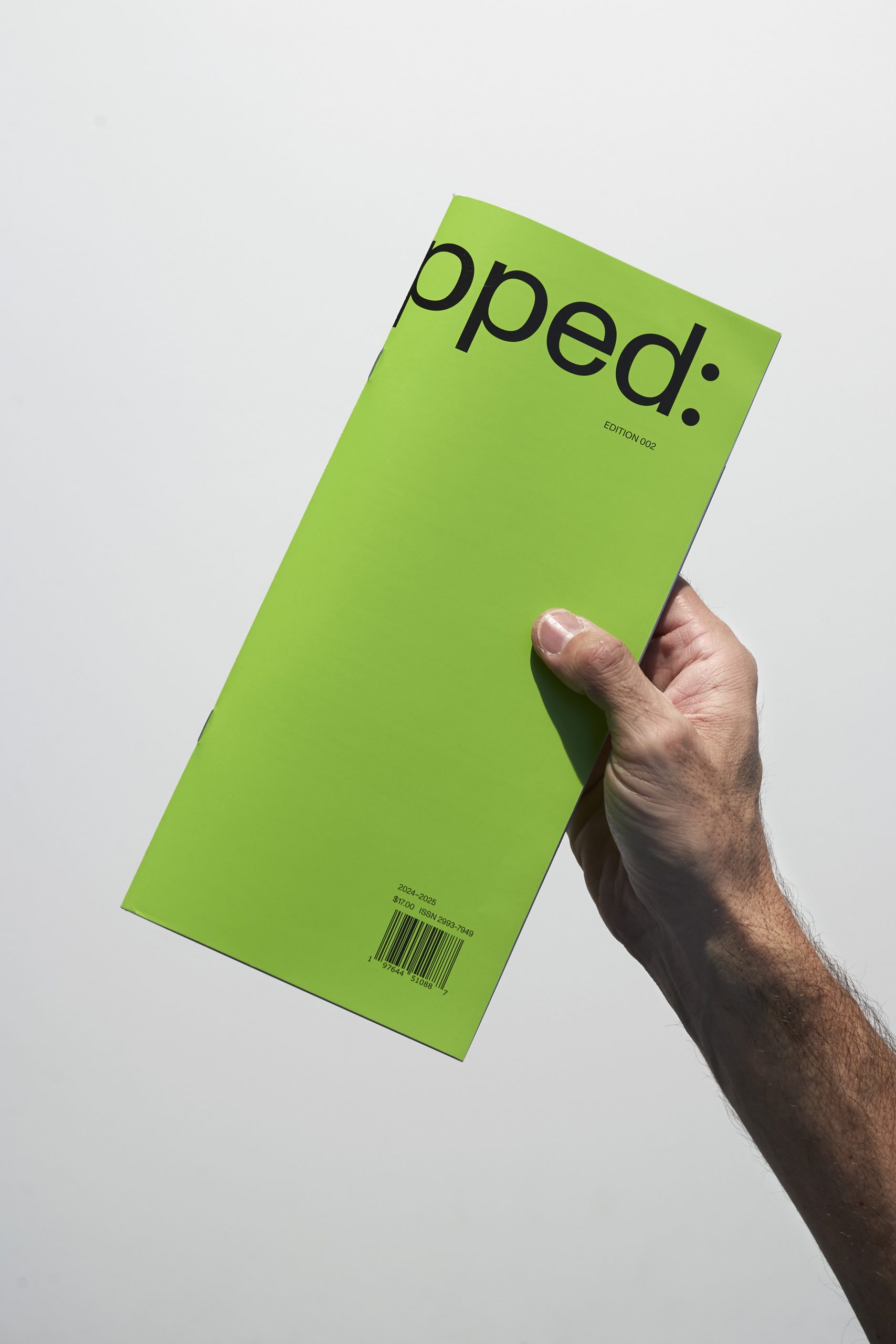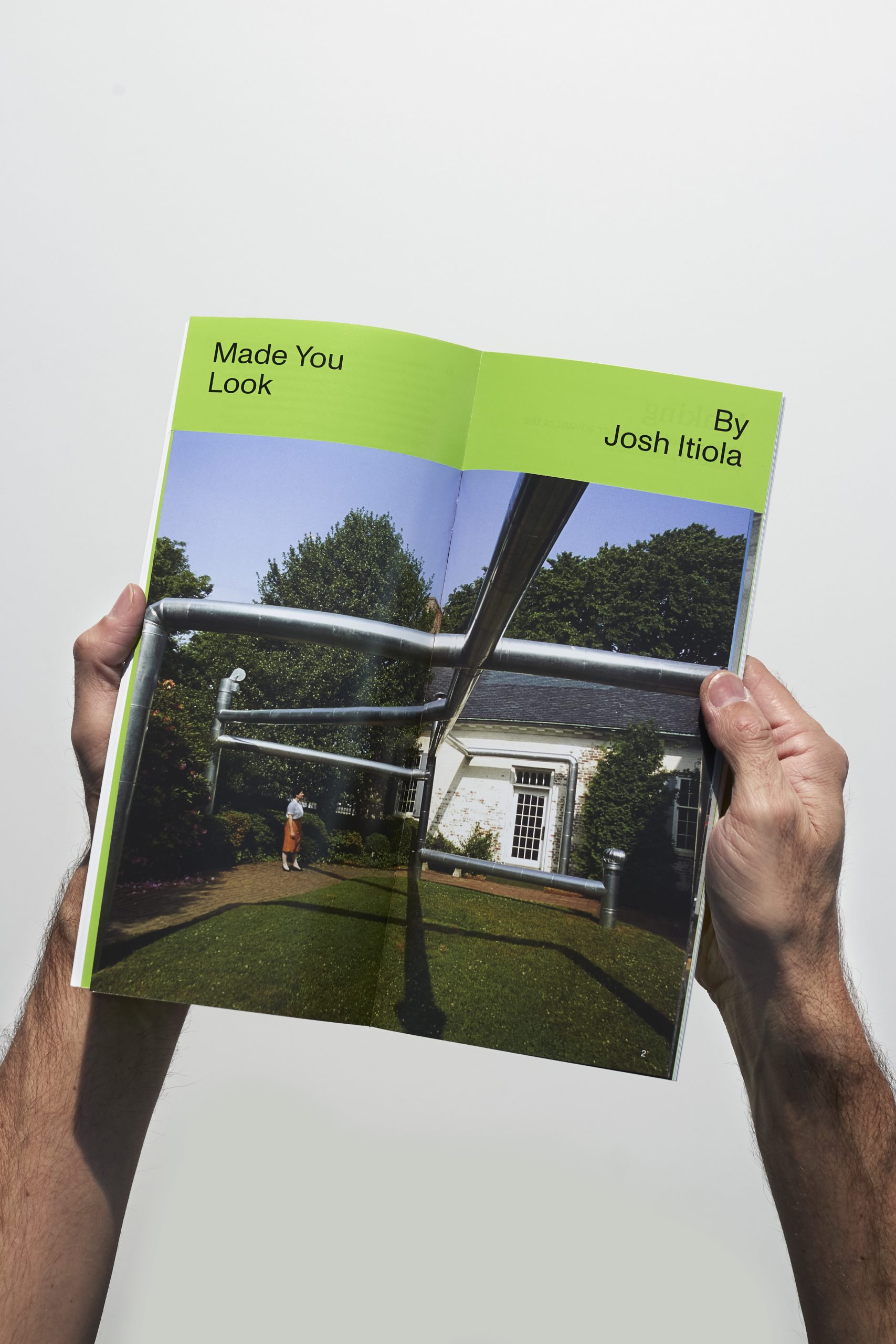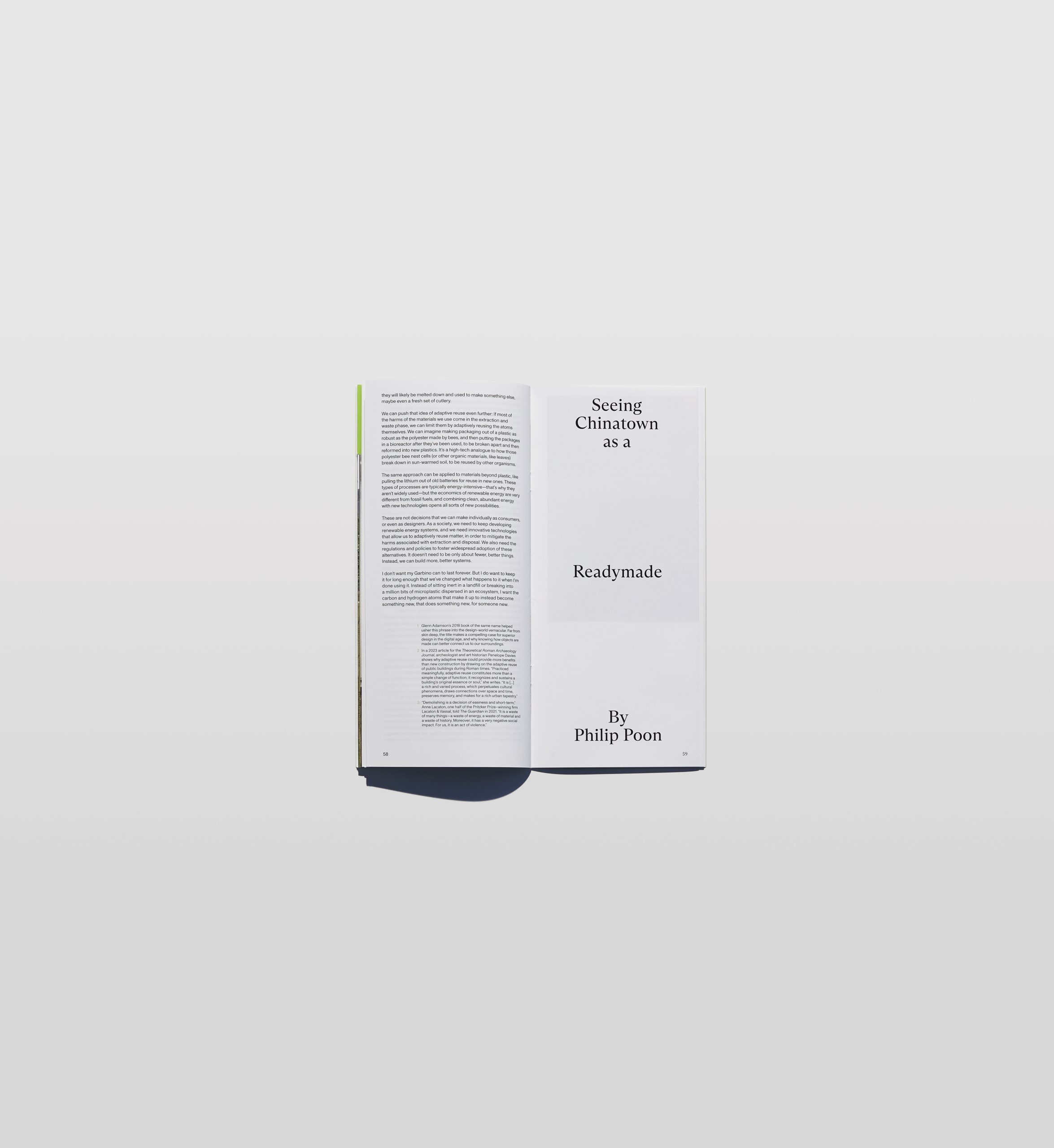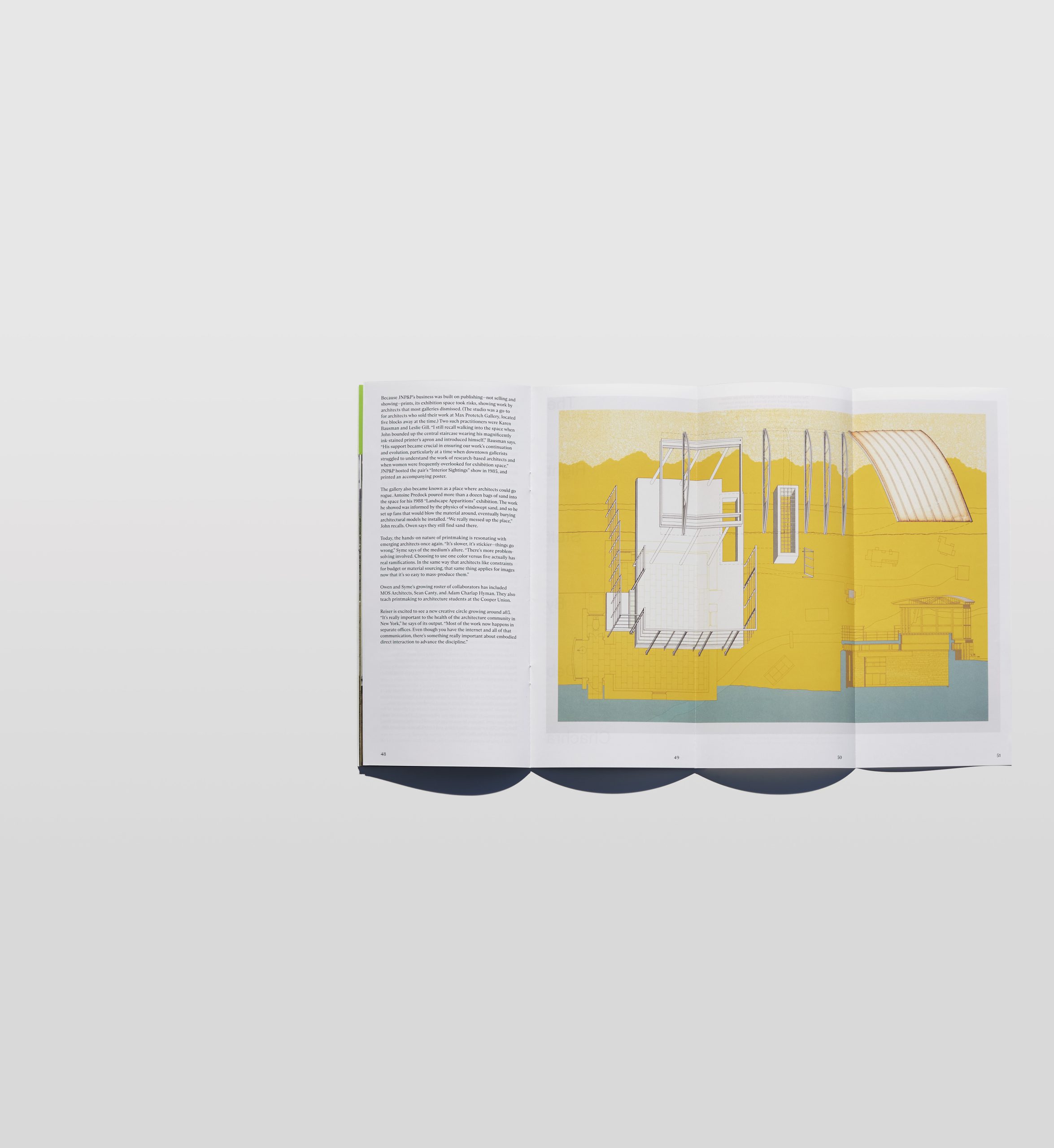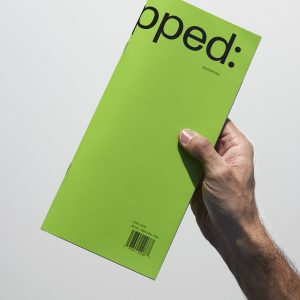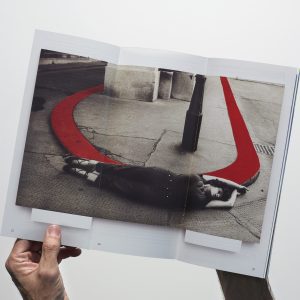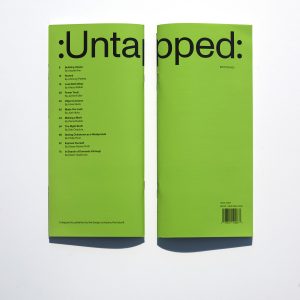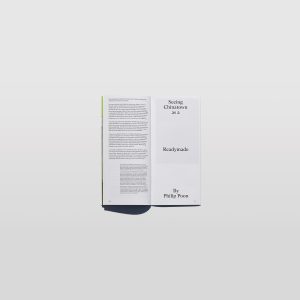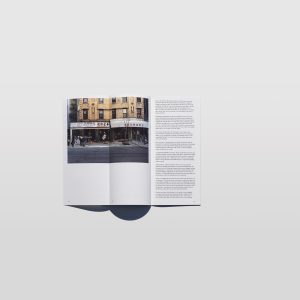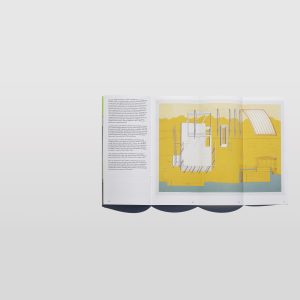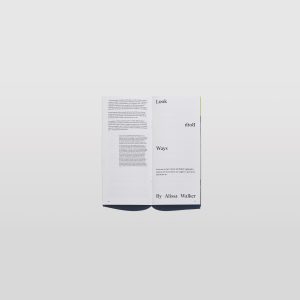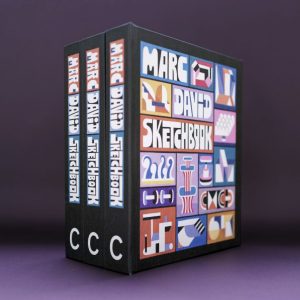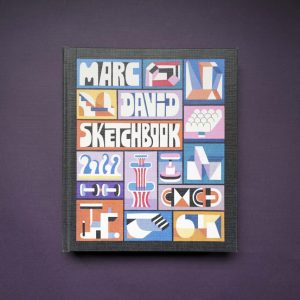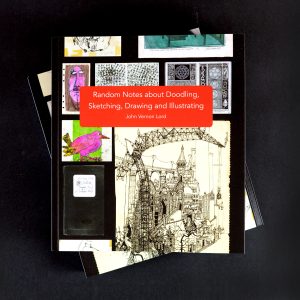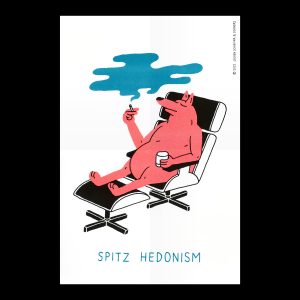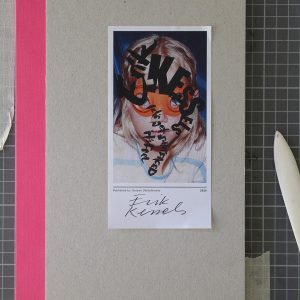Untapped 002
£13.00
This publication approaches architecture as a subject for everyone.
We believe that the built environment is about more than news and
aspirational interiors, or academic philosophizing and critique. It is
also about something bigger: our lives.
In stock
This publication approaches architecture as a subject for everyone.
We believe that the built environment is about more than news and
aspirational interiors, or academic philosophizing and critique. It is
also about something bigger: our lives.
Those deeper, complex, often quieter aspects of everyday infrastructure—a
painted sidewalk curb (p. 19), say, or the hand-hewn
fabric of your grandmother’s quilt (p. 54)—emerge from a history of
knowledge that shapes what it looks and feels like to experience
our surroundings today. Using straightforward language, Untapped’s
authoritative stories identify and unpack the best of that knowledge
and show why it matters: For us, learning from the past is a prime
resource for improving the ways in which we live.
done since its inception in February 2023 and as its publisher,
the design company Henrybuilt, has done for nearly a quarter
century—moments of illumination abound. We can see them in
simple tools (p. 28) and W.G. Clark’s buildings, which seem to
grow from the ground they’re built upon (p. 12). They exist in the
methodologies of builders past, including the craftspeople behind
Japan’s 2,000-year-old Grand Shrine of Ise (p. 74) and the “System
Works” installations that the late artist Nancy Holt made in the
1980s to analyze functions of our urban fabric (p. 42). They’re
also to be found in the work of present-day practitioners, such as
Owen Nichols, who with his partner, Clara Syme, continues the
architectural printmaking legacy of his father at the Manhattan
gallery a83 (p. 44). Even the Whole Earth Catalog, upon reflection
by a millennial critic who was raised by a devoted subscriber (p. 6),
still has something to teach us about building utopias.
stories viewing a given subject differently. That openness to other
perspectives, and to other histories, is the kind of building block
we need to make our homes and cities better. In just a year and a
half, Untapped, now on domestic and international newsstands,
has served as a forum for instigating such critical shifts in thinking
through its incisive storytelling, public programs, book club, and
work in university classrooms. Our efforts will soon expand to other
formats and cities, showing audiences within and outside the
design industry how the built environment shapes people, and
vice versa.
we’re creating: a timeless, ever-growing resource for all.
Editor-in-Chief
Untapped website
Related products
Books
Books
Books
Books



